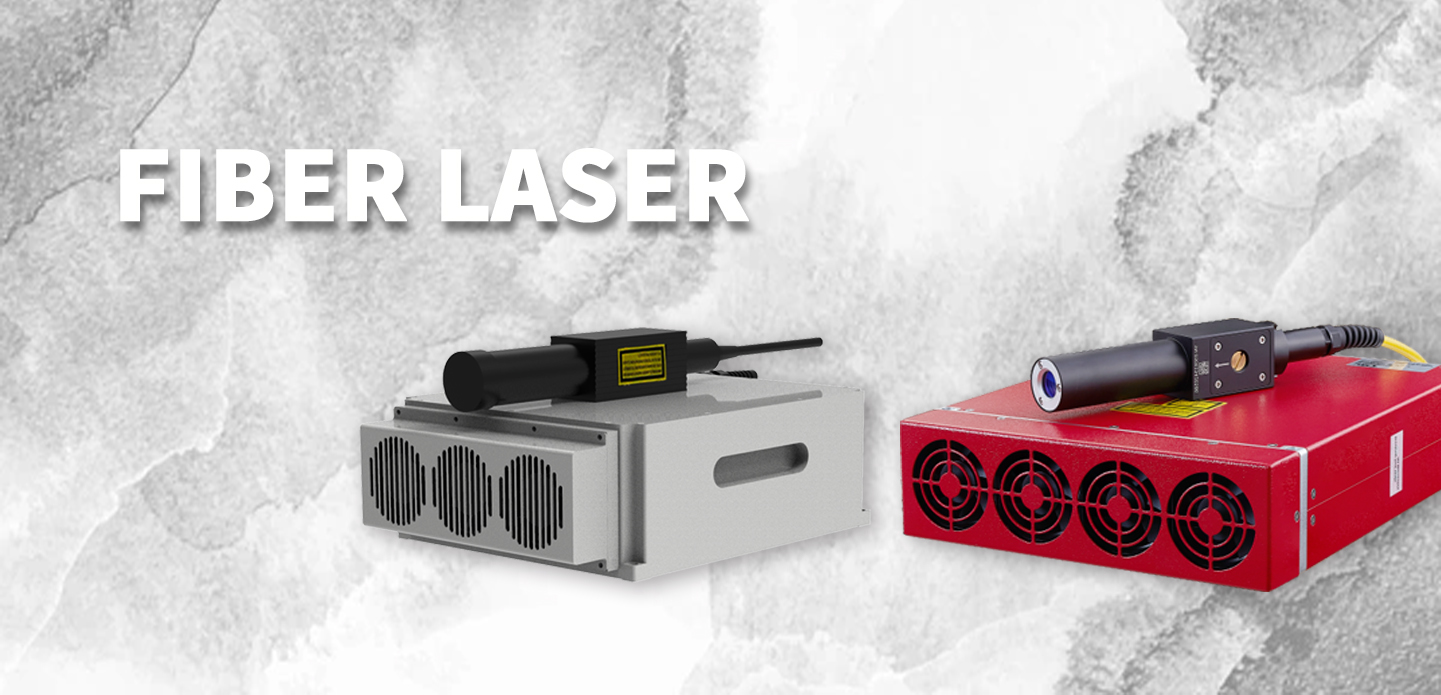Introduction
Laser marking technology has seen remarkable advancements over the past few decades, with fiber lasers becoming one of the most popular choices for a wide range of material processing applications. Fiber marking lasers, laser fiber marking, and fiber laser sources are integral to industries requiring precise and high-speed marking, engraving, and cutting. These lasers are highly efficient, cost-effective, and provide high-quality results. This article explores the working principles, applications, and benefits of fiber lasers in marking processes and their broader industrial uses.
Fiber Marking Laser
A fiber marking laser is a type of laser engraving system that uses fiber lasers to mark or engrave various materials. These lasers utilize an optical fiber as the laser source, typically made of rare-earth doped materials like ytterbium. Fiber marking lasers offer superior precision, speed, and versatility in marking a variety of materials.
- Key Features:
- High Precision: Fiber marking lasers can create fine, detailed marks with incredible accuracy.
- High Speed: The rapid pulse rate of fiber lasers ensures efficient, high-speed processing.
- Durability: These lasers are known for their reliability and long lifespan, making them ideal for high-volume production environments.
- Applications:
- Metal Marking: Fiber lasers are commonly used for engraving and marking metals, such as stainless steel, aluminum, and titanium, making them essential in the automotive, aerospace, and electronics industries.
- Product Identification: Fiber laser marking is ideal for engraving serial numbers, barcodes, logos, and other identifiers on parts and components, ensuring traceability and authenticity.
- Jewelry and Precision Tools: Fiber marking lasers are also used in the jewelry industry for engraving intricate designs and personalizations.
Laser Fiber Marking
Laser fiber marking refers to the process of marking materials with a fiber laser. It involves using a high-energy laser beam to etch, engrave, or mark the surface of a material. Laser fiber marking is a fast, efficient, and non-contact method of creating permanent marks on a wide range of surfaces.
- Advantages of Laser Fiber Marking:
- High Contrast: The laser creates dark, high-contrast marks on metals, plastics, and other materials, which are highly visible and durable.
- Minimal Material Damage: Unlike traditional marking methods, fiber lasers minimize the risk of damaging the material while providing high-quality results.
- Energy Efficiency: Fiber lasers are highly energy-efficient compared to other laser technologies, making them cost-effective in large-scale operations.
- Applications:
- Electronics Manufacturing: In the production of electronic components, laser fiber marking is used to mark circuit boards, chips, and other components without causing thermal damage.
- Medical Device Industry: Laser fiber marking is widely used for engraving medical devices, ensuring clear markings for identification, safety, and regulatory compliance.
- Packaging and Printing: In the packaging industry, fiber lasers are used for engraving logos, product information, and expiration dates on a variety of materials.
Laser Marking Fiber
Laser marking fiber refers to the core technology that drives fiber laser systems. It involves the use of optical fibers to transmit laser light, which is then directed onto the material surface to produce a desired mark. The use of fiber optics in laser technology has revolutionized the ability to create precise, high-quality markings on diverse materials.
- Key Features:
- High-Quality Marking: Laser marking fiber systems deliver high-quality marks that are resistant to wear and environmental factors, ensuring longevity and durability.
- Versatility: Laser marking fiber technology can handle various materials, including metals, plastics, ceramics, and even glass.
- Compact Design: The compact nature of fiber lasers allows for easy integration into automated production lines, optimizing workflows in industrial settings.
- Applications:
- Industrial Manufacturing: Laser marking fiber systems are used for engraving part numbers, barcodes, and logos on metal parts in manufacturing.
- Tool and Die Marking: In the tool and die industry, fiber lasers are used to engrave serial numbers or company logos onto tools for easy identification and tracking.
Fiber Laser Sources
Fiber laser sources are the core component of fiber laser systems. These sources use doped optical fibers to generate laser light. The laser light is typically created by pumping a rare-earth element (like ytterbium) within the fiber, which produces a laser beam with high intensity and excellent beam quality.
- Key Features:
- High Beam Quality: Fiber laser sources produce a highly focused, stable beam that ensures precise results, making them suitable for applications requiring fine detail and accuracy.
- Compact and Flexible: Fiber lasers are relatively compact and can be easily integrated into various machines or systems. The flexibility of fiber laser sources allows for customization based on specific applications.
- Cost-Effectiveness: With a longer lifespan and fewer maintenance requirements, fiber laser sources tend to be more economical over time.
- Applications:
- Metal Cutting and Engraving: Fiber laser sources are extensively used for cutting metals like stainless steel, titanium, and aluminum. The high energy density of these lasers makes them ideal for cutting through thick materials.
- Automotive and Aerospace: Fiber lasers are widely used in automotive and aerospace industries for cutting, engraving, and marking various parts and components.
- Medical Equipment: Fiber laser sources are used in manufacturing medical equipment, where precision marking and cutting are crucial for creating sterile, accurate devices.
Laser and Optical Fiber
The integration of laser technology and optical fiber has been a significant advancement in the field of laser processing. Optical fibers serve as the medium for transmitting laser light with minimal loss and distortion, allowing for more efficient energy transfer and better beam delivery.
- Key Features:
- Efficient Light Transmission: Optical fibers allow for the transmission of high-intensity laser light over long distances without significant loss in energy.
- Versatility and Flexibility: The use of optical fibers in laser systems provides flexibility in directing the laser beam to various points, making it ideal for complex marking, engraving, and cutting tasks.
- Applications:
- Remote Marking and Cutting: Optical fibers allow for remote operation of laser systems, enabling access to hard-to-reach areas in machinery or in hazardous environments.
- Laser Welding: In the welding industry, optical fibers are used to guide laser beams to the welding site, offering precision and control in the welding process.
Conclusion
Fiber lasers, including fiber marking lasers, laser fiber marking, and fiber laser sources, have significantly transformed the material processing industry. Their high precision, energy efficiency, and versatility make them ideal for applications in metal marking, medical device engraving, and industrial manufacturing. As the technology continues to evolve, fiber lasers are expected to play an even more pivotal role in a wide range of industries, ensuring high-quality results with minimal waste and downtime.






